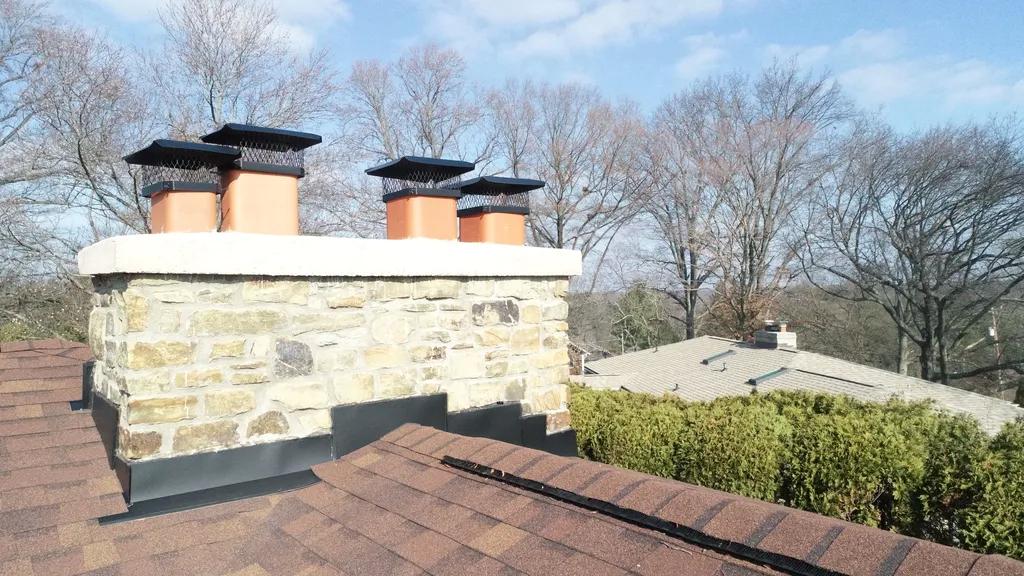Brick steps are a timeless and elegant addition to any home, but over time, wear and tear can cause them to become loose and unsafe. In this professional guide, we will explore the step-by-step process of repairing loose brick steps to ensure not only their structural integrity but also their aesthetic appeal. Whether you are a seasoned contractor or a DIY enthusiast, this comprehensive guide will equip you with the knowledge and skills necessary to tackle this common maintenance issue with confidence and precision.
Table of Contents
- Assessing the Damage and Identifying the Cause of Loose Brick Steps
- Choosing the Right Tools and Materials for Effective Repairs
- Step-by-Step Guide to Properly Repairing Loose Brick Steps
- Ensuring Long-Term Stability and Safety with Preventative Measures
- Q&A
- In Retrospect

Assessing the Damage and Identifying the Cause of Loose Brick Steps
When assessing the damage to loose brick steps, it is important to first examine the extent of the problem. Look for any visible cracks, gaps, or misalignment in the bricks. Check if there is any movement or instability when pressure is applied to the steps. Additionally, inspect the mortar joints between the bricks for any signs of deterioration or erosion.
After identifying the damage, the next step is to determine the cause of the loose brick steps. Some common reasons for this issue include: inadequate foundation support, water damage causing erosion of the mortar, freeze-thaw cycles weakening the bricks, or improper construction techniques. Once the root cause is identified, it will be easier to develop a plan for repairing and reinforcing the steps to prevent future issues.

Choosing the Right Tools and Materials for Effective Repairs
When it comes to repairing loose brick steps, selecting the right tools and materials is essential for achieving long-lasting and effective results. To ensure a professional finish, it is crucial to use high-quality products that are specifically designed for brickwork repairs. Here are some key tools and materials to consider:
- Masonry Hammer and Chisel: These tools are necessary for removing damaged bricks and clearing out any debris from the repair area.
- Brick Adhesive: To securely bond the replacement brick to the existing structure, a reliable brick adhesive is essential.
- Grout and Mortar: These materials are used to fill in the gaps between bricks and create a seamless finish.
- Trowel and Pointing Tool: These tools are essential for applying mortar and grout accurately and neatly.
By investing in the right tools and materials, you can ensure that your brick step repair is not only structurally sound but also aesthetically pleasing. Remember to follow the manufacturer’s instructions carefully to achieve the best results.

Step-by-Step Guide to Properly Repairing Loose Brick Steps
When it comes to repairing loose brick steps, it’s essential to follow a step-by-step process to ensure a proper and long-lasting repair. Here, we provide a professional guide on how to effectively repair loose brick steps on your property.
Assess the Damage
Before beginning the repair process, carefully assess the extent of the damage to the brick steps. Look for loose bricks, cracks, or any other signs of wear and tear that may need attention.
Gather Your Materials
- Brick adhesive
- Trowel
- Hammer
- Wire brush
- Mason’s chisel
- Gloves and safety goggles

Ensuring Long-Term Stability and Safety with Preventative Measures
Loose brick steps are not only unsightly but also pose a safety hazard. It is essential to address this issue promptly to ensure the long-term stability and safety of your property. In this professional guide, we will provide you with step-by-step instructions on how to repair loose brick steps effectively.
Before starting the repair process, it is crucial to gather all the necessary tools and materials. You will need a hammer, chisel, mortar mix, trowel, safety goggles, gloves, and a level. Additionally, make sure to wear appropriate safety gear to protect yourself during the repair.
Q&A
Q: Why are loose brick steps a concern for homeowners?
A: Loose brick steps can pose a safety hazard to individuals using them, leading to potential accidents or injuries.
Q: What are the common causes of loose brick steps?
A: Poor installation, age, weather exposure, and structural shifting are common causes of loose brick steps.
Q: How can homeowners identify loose brick steps?
A: Loose brick steps may show signs of movement or shifting, such as gaps between bricks or noticeable cracks in the mortar.
Q: What steps should homeowners take to repair loose brick steps?
A: Homeowners should assess the extent of the damage, gather necessary tools and materials, and follow a step-by-step process outlined in our professional guide.
Q: When should homeowners consider hiring a professional for brick step repairs?
A: If homeowners are unsure of their ability to safely and effectively repair loose brick steps, or if the damage is extensive, it is recommended to hire a professional brick mason for assistance.
Q: What preventative measures can homeowners take to avoid future damage to their brick steps?
A: Regularly inspecting and maintaining brick steps, addressing any issues promptly, and ensuring proper drainage around the area can help prevent future damage.
In Retrospect
In conclusion, ensuring the safety and stability of your brick steps is crucial in maintaining the integrity of your property. By following the professional guide outlined in this article, you can confidently tackle any loose brick step repair project with precision and efficiency. Remember, it is always recommended to seek the assistance of a professional if you encounter any challenges or are unsure of the best course of action. With proper care and maintenance, your brick steps will continue to provide a safe and welcoming entrance for years to come. Thank you for reading and best of luck with your repair project.


